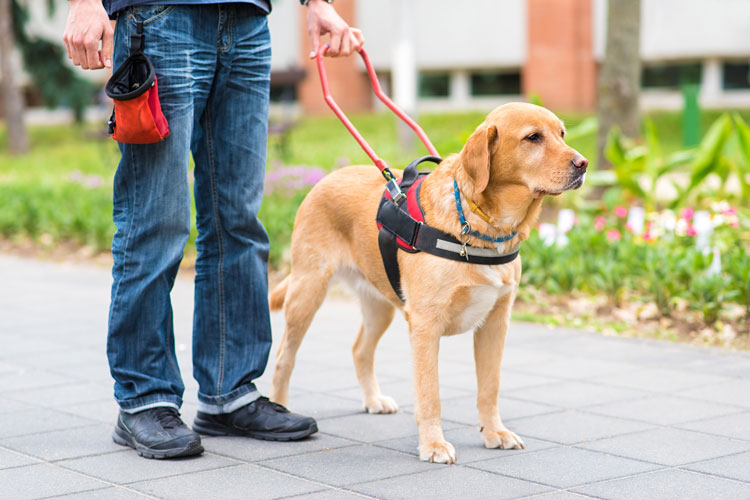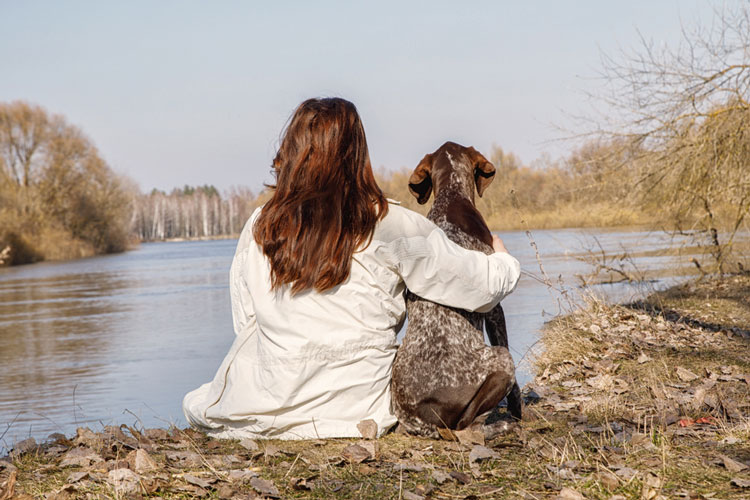People own service animals for a variety of reasons. They can assist people who have both physical and mental disabilities to perform certain tasks. This can include leading a blind person, or pulling a wheelchair, but it a can also include interrupting PTSD episodes, or reminding a person with depression to take their medication. Generally speaking, you can take a registered service dog with you virtually anywhere you go. Here are some answers to frequently asked questions based off the American Disability Association (ADA) guidelines.
What Are Your Rights?
Under the American Disability Association, you can take your service dog out into public with you, and if anyone asks you about your dog, all you are required to tell them is that the dog is a registered service dog who is trained to perform certain tasks to assist you. You are not required to give the person any information about your disability or medical condition.
Do Service Animals Have to Wear Gear?
Under the ADA, service animals do not have to wear special vests, tags, or other ID. However, it may be helpful to put a vest on your dog to avoid confusion and unnecessary questions.
Who is Responsible for the Care and Supervision of a Service Animal?
The handler is responsible for caring for and supervising the service animal, which includes taking it out, feeding, grooming and veterinary care. This is true at all times, even if the handler is in the hospital. They must arrange for someone else to care for it if necessary.
Can a Person Bring a Service Animal with Them as They go Through a Salad Bar or Other Self-Service Food Lines?
Yes. Service animals must be allowed to accompany their handlers to and through self-service food lines. Similarly, service animals may not be prohibited from communal food preparation areas, such as are commonly found in shelters or dormitories.
Can People Bring More Than One Service Animal into a Public Place?
Generally, yes. Some people with disabilities may use more than one service animal to perform different tasks. For example, a person who has a visual disability and a seizure disorder may use one service animal to assist with wayfinding and another that is trained as a seizure alert dog. Other people may need two service animals for the same task, such as a person who needs two dogs to assist him or her with stability when walking. Staff may ask the two permissible questions about each of the dogs. If both dogs can be accommodated, both should be allowed in. In some circumstances, however, it may not be possible to accommodate more than one service animal. For example, in a crowded small restaurant, only one dog may be able to fit under the table. The only other place for the second dog would be in the aisle, which would block the space between tables. In this case, staff may request that one of the dogs be left outside.
Navigating owning a service dog is sometimes complicated and confusing. Generally, you can take your service dog in public with you wherever you go. On occasions, extenuating circumstances may interfere with this, but rarely. One thing that can help is having a service dog letter of certification. You can get one from the experts at United Support Animal. Contact us today!




